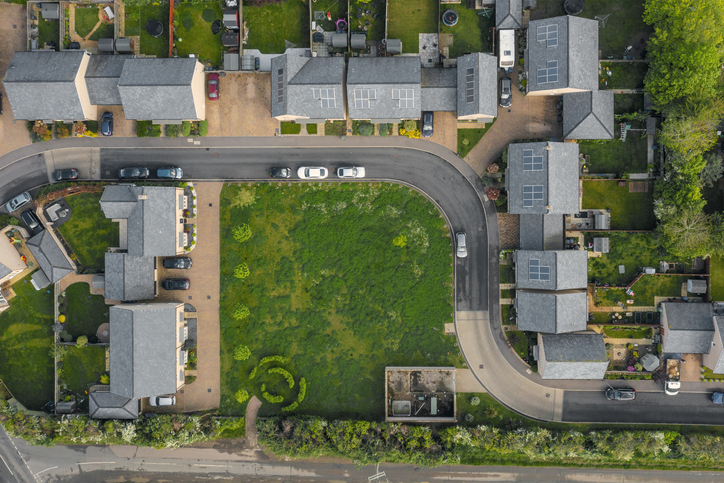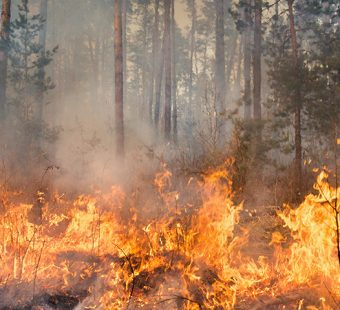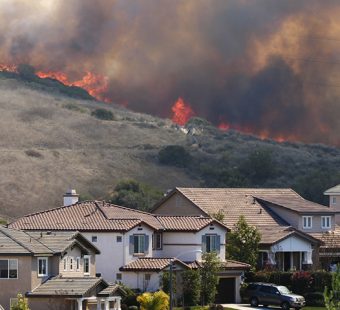
Study Quantifies Benefits of Nature-Based Wildfire-Risk Reduction
By Jeff Dunsavage, Senior Research Analyst, Triple-I (01/12/2022)
Creating a fire buffer – an area of reduced fuel that might include community parklands – could be as effective in reducing wildfire risks and costs as improved building code enforcement, according to a recent report by MarshMcLennan.
The study quantifies the potential benefits of community-scale, nature-based wildfire mitigation through the lens of the 2018 Camp Fire, which ravaged Paradise, California. Using information from the Nature Conservancy, Conservation Biology Institute, and Paradise Recreation and Park District, Marsh applied a U.S. wildfire catastrophe model to calculate the benefit of reducing ignitions through wildland buffering strategies to reduce property losses.
“Updating and enforcing modern building codes is universally effective at reducing wildfire risk,” Marsh writes. In the case of Paradise, it concludes, buffering strategies and code updates combined “would have reduced the value-at-risk across most probabilities by 42 percent,” converting a one-in-100-years loss to a much rarer one-in-350-years loss.
Marsh adds that linking investments in community-scale mitigation measures like fire buffers to community-based catastrophe insurance (CBCI) programs can help communities capture the financial benefits of risk reduction and could result in improve insurance pricing.
Strategic fuel breaks around communities are one of the “three core fronts” of fire resilience described by Jessica Morse, deputy secretary for forest and wildland resilience at the California Natural Resources Agency, during a recent webinar.
“Once homes start to ignite, the heat level becomes so intense that there are very few interventions you could have made in construction that would have had an impact,” Morse said.
Wildfire has gone beyond being a seasonal risk-mitigation matter in recent years to become a public health issue and, in some areas, a persistent economic problem. U.S. Sen. Michael Bennet (D-CO) recently told Reuters that costs for wildfire mitigation measures run about $1,500 per acre – far lower than the $50,000 per acre to fight fires that have already started.
Learn More:
Insurers On-Site in Colorado to Help Homeowners Navigate Fire Claims Process
Fewer California Homeowners Non-Renewed in 2020, But More Pushed into FAIR Plan
California Invests in Wildfire Resilience, Eyes Infrastructure Act Funds
Federal Legislation Dramatically Increases Funding for Wildfire Prevention, Mitigation
Wildfire Risk Transforming California Economy
Insurance and Evacuation Plans Are Key for Wildfire Safety, Resilience



